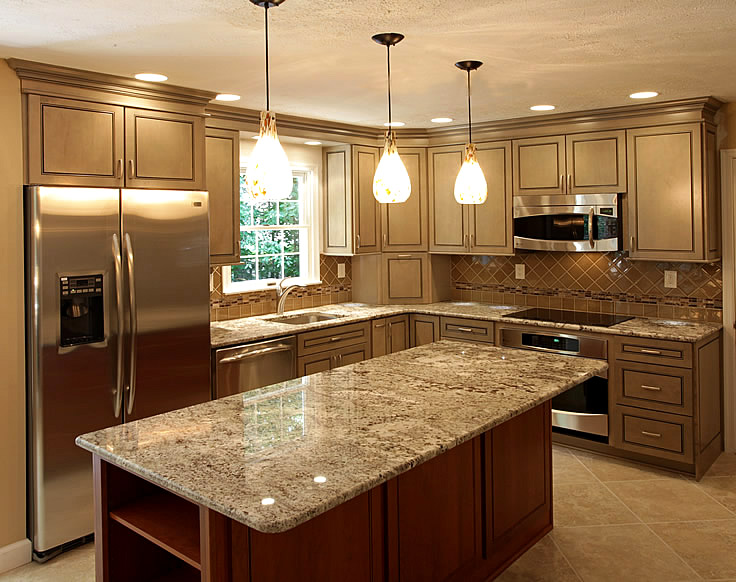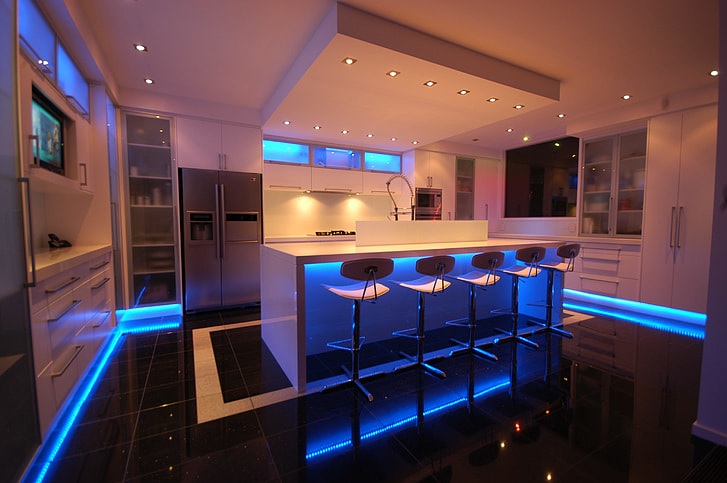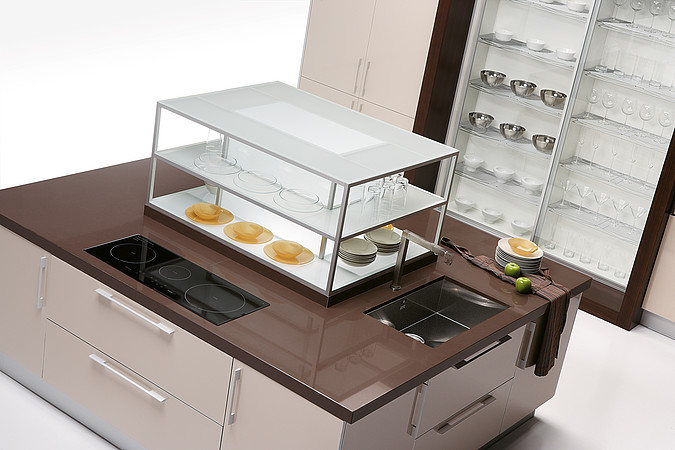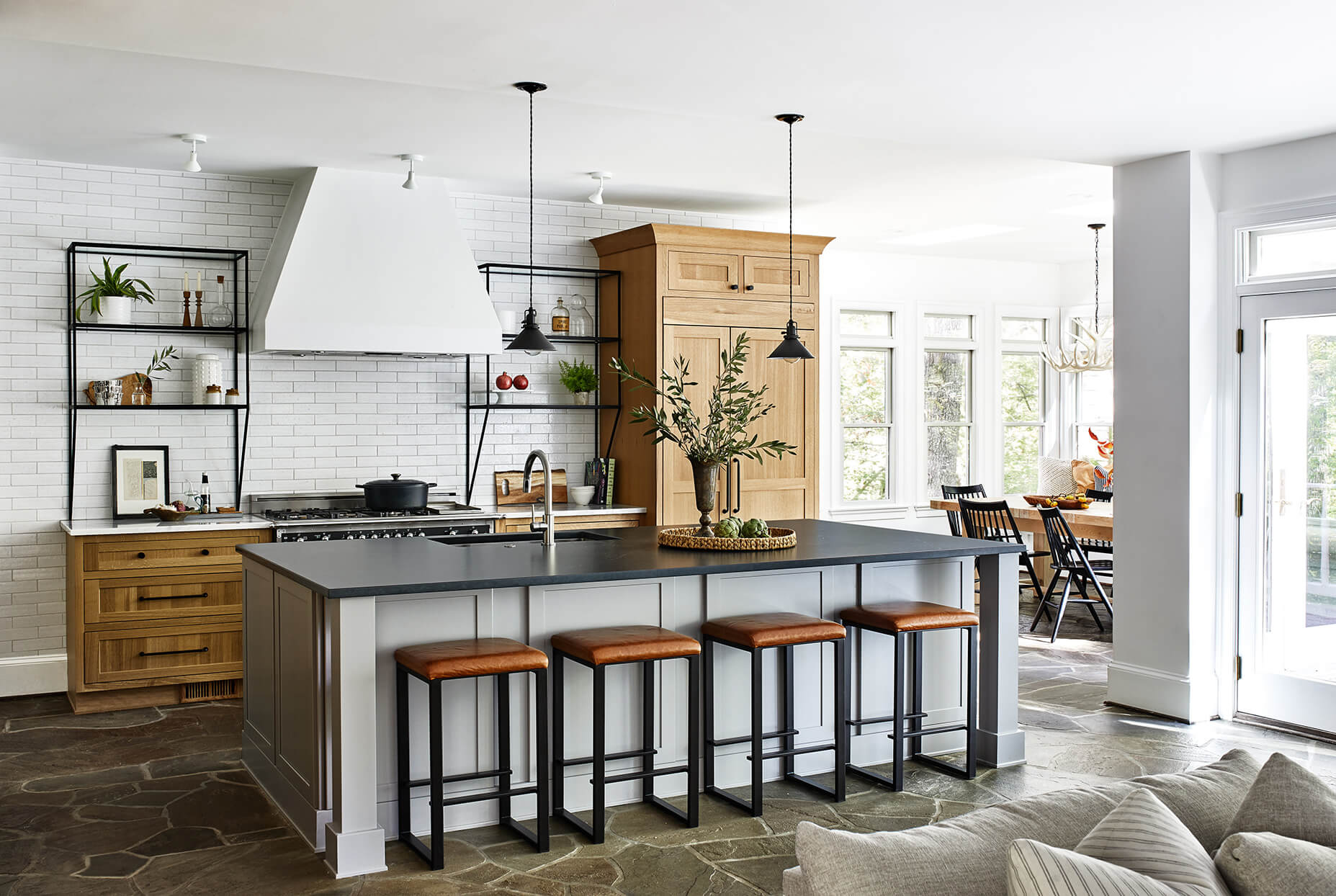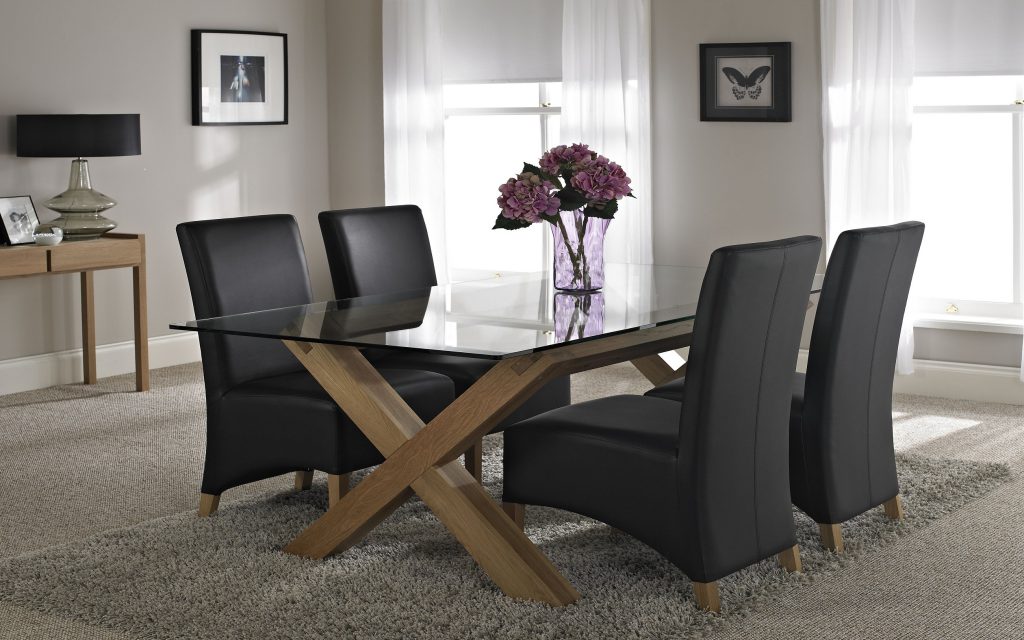In today's world, where living spaces are becoming smaller and smaller, it's essential to make the most out of every inch of your home. This includes the kitchen, which is often the heart of the home and where most of the daily activities take place. But how can you create a functional and stylish kitchen in a limited space? The key is to incorporate smart design ideas that maximize space while maintaining a sleek and modern look. Smart storage solutions are crucial when it comes to small kitchen design. Utilizing every available space, such as using the area above cabinets for storage or installing pull-out shelves, can make a significant difference in organizing your kitchen. Vertical storage options, such as wall-mounted shelves or hanging pots and pans, can also help free up counter space. Multi-functional furniture is another smart design idea for small kitchens. Consider a kitchen island that can double as a dining table or a pull-out pantry hidden behind cabinet doors. This not only saves space but also adds versatility to your kitchen's functionality. Lighting plays a crucial role in creating an illusion of space in a small kitchen. Natural light is always the best option, so try to incorporate as many windows as possible. If natural light is limited, use under-cabinet lighting to brighten up dark corners. Adding a mirrored backsplash can also help reflect light and create an illusion of a bigger space.1. Smart Kitchen Design Ideas for Small Spaces
Technology has become an integral part of our daily lives, and the kitchen is no exception. With the rise of smart homes, kitchen appliances have also evolved to make our lives easier and more convenient. Here are some of the best smart kitchen appliances that you can incorporate into your modern home. Smart refrigerators are equipped with features such as voice control and built-in cameras that allow you to see what's inside your fridge while you're at the grocery store. Some models even have the ability to create grocery lists and order items online. Smart ovens come with features like remote control and preheat options, so you can start cooking or preheat your oven from your phone while you're on your way home. Some models also have built-in temperature probes that ensure your food is cooked to perfection. Smart coffee makers can be programmed to have your coffee ready as soon as you wake up, and some models even have the ability to connect with your smart home device and start brewing with just a voice command.2. The Best Smart Kitchen Appliances for Modern Homes
Incorporating smart technology into your kitchen design doesn't just mean adding smart appliances. It also involves creating a seamless and connected experience between all your kitchen devices. Here are some tips on how to incorporate smart technology into your kitchen design. Choose a central hub for all your smart devices, such as a tablet or a smart home assistant. This will allow you to control all your devices from one place and create a cohesive system. Use smart plugs to turn your regular appliances, such as your coffee maker or toaster, into smart devices. This will allow you to control them remotely and even set schedules for them to turn on and off. Invest in a smart faucet that can be controlled with a touch or voice command. This not only adds convenience to your daily tasks but also helps in conserving water.3. How to Incorporate Smart Technology into Your Kitchen Design
Aside from the convenience and functionality that smart kitchen design offers, there are also many other benefits that come with incorporating smart technology into your kitchen. Energy efficiency is one of the top benefits of a smart kitchen design. With features like smart lighting and energy-saving modes, you can reduce your energy consumption and save money on your utility bills. Time-saving is another significant advantage of a smart kitchen design. With features like voice control and remote access, you can save time on daily tasks and have more time for other activities. Increased home value is a long-term benefit of a smart kitchen design. As technology becomes more integrated into our daily lives, having a smart kitchen can be an attractive selling point for potential buyers in the future.4. The Benefits of a Smart Kitchen Design
Creating a functional and stylish kitchen doesn't have to be complicated or expensive. With the right smart design ideas, you can achieve both without sacrificing one for the other. Choose a cohesive design for your kitchen, incorporating elements that complement each other. This can include color schemes, materials, and textures. Keep it minimal to avoid a cluttered and cramped space. Choose multi-functional furniture and utilize smart storage solutions to keep your kitchen organized and visually appealing. Incorporate your personal style into the design. Whether it's through unique lighting fixtures or statement pieces, adding elements that reflect your personality can bring life to your kitchen.5. Creating a Functional and Stylish Kitchen with Smart Design
Smart kitchen design is constantly evolving, and there are always new trends emerging. Here are some of the top trends in smart kitchen design that you can incorporate into your own space. Voice control is becoming more common in smart appliances, making it easier to control your devices with just a simple voice command. Smart countertops with built-in touchscreens and wireless charging capabilities are gaining popularity. These countertops can also display recipes and cooking tutorials, making cooking and meal prep more convenient. Smart kitchen assistants that can help you with meal planning, grocery lists, and recipe suggestions are becoming more advanced and can even learn your preferences over time.6. The Top Trends in Smart Kitchen Design
The layout of your kitchen is essential when it comes to maximizing space and creating an efficient and functional space. Here are some tips on how to design a smart kitchen layout. Opt for an open floor plan to create a sense of openness and maximize natural light. This layout also allows for easy movement between the kitchen and other areas of the house. Utilize the work triangle by placing your sink, stove, and refrigerator in a triangular formation. This layout allows for efficient movement and minimizes the distance between the three most used areas in the kitchen. Create designated zones for different tasks, such as a cooking zone, a prep zone, and a cleaning zone. This helps in organizing your kitchen and makes tasks more efficient.7. Maximizing Space with a Smart Kitchen Layout
Lighting is not just a functional element in a kitchen; it also plays a crucial role in creating a desired atmosphere and ambiance. Here are some ways to incorporate lighting into your smart kitchen design. Utilize natural light as much as possible by incorporating windows and skylights into your kitchen design. This not only adds to the aesthetic of your kitchen but also saves energy. Install smart lighting that can be controlled remotely or with voice commands. This allows you to adjust the lighting according to your needs and create different moods in your kitchen. Use layered lighting to create a functional and visually appealing space. This can include task lighting for specific areas, ambient lighting for overall illumination, and accent lighting for highlighting specific features.8. The Role of Lighting in Smart Kitchen Design
In a busy kitchen, having smart storage solutions is crucial to keep everything organized and easily accessible. Here are some ideas for smart storage solutions in your kitchen. Utilize vertical space by installing shelves or hanging racks on walls or above cabinets. This not only adds storage space but also adds a decorative element to your kitchen. Install pull-out shelves in cabinets and pantries to maximize space and make it easier to access items in the back. This also prevents items from getting lost or forgotten in the back of cabinets. Invest in storage accessories such as drawer dividers, lazy Susans, and pegboards to keep your kitchen items organized and easily accessible.9. Smart Storage Solutions for a Well-Organized Kitchen
As we become more conscious of our environmental impact, designing a smart and sustainable kitchen has become a top priority for many homeowners. Here are some tips on how to design a smart and sustainable kitchen. Choose energy-efficient appliances that are Energy Star certified and use less energy than traditional appliances. This not only saves energy but also reduces your utility bills. Use sustainable materials such as bamboo, recycled glass, and salvaged wood for your kitchen countertops, backsplash, and flooring. These materials not only add a unique touch to your kitchen but also help in reducing your carbon footprint. Incorporate natural elements into your kitchen design, such as plants and herbs, to purify the air and add a touch of nature to your space.10. How to Design a Smart and Sustainable Kitchen
The Importance of Efficient Kitchen Design

Creating a Functional and Beautiful Space
 When it comes to house design, the kitchen is often considered the heart of the home. It's not just a place to cook and eat, but also a space for gathering, entertaining, and creating memories with loved ones. As such, it's important to have a kitchen that is not only aesthetically pleasing but also functional and efficient. This is where smart kitchen design comes into play.
Efficient kitchen design focuses on maximizing the use of space and streamlining the cooking process.
It takes into consideration the layout, storage, and appliances, among other factors, to create a space that is both visually appealing and practical. With the right design, you can have a kitchen that not only looks good but also makes your life easier and more enjoyable.
When it comes to house design, the kitchen is often considered the heart of the home. It's not just a place to cook and eat, but also a space for gathering, entertaining, and creating memories with loved ones. As such, it's important to have a kitchen that is not only aesthetically pleasing but also functional and efficient. This is where smart kitchen design comes into play.
Efficient kitchen design focuses on maximizing the use of space and streamlining the cooking process.
It takes into consideration the layout, storage, and appliances, among other factors, to create a space that is both visually appealing and practical. With the right design, you can have a kitchen that not only looks good but also makes your life easier and more enjoyable.
Optimizing the Layout
 One of the key elements of efficient kitchen design is the layout.
The goal is to create a space that allows for easy movement and efficient workflow.
This means considering the "work triangle," which connects the three main areas of the kitchen: the sink, stove, and refrigerator. The distance between these areas should be minimal to minimize the time and effort spent moving between them.
Another important aspect of the layout is the placement of appliances and storage.
Having them in convenient and accessible locations can save you time and energy in your daily cooking tasks.
For example, keeping the trash and recycling bins near the sink and dishwasher can make clean-up a breeze. Similarly, having the spices and cooking utensils near the stove can make cooking more efficient.
One of the key elements of efficient kitchen design is the layout.
The goal is to create a space that allows for easy movement and efficient workflow.
This means considering the "work triangle," which connects the three main areas of the kitchen: the sink, stove, and refrigerator. The distance between these areas should be minimal to minimize the time and effort spent moving between them.
Another important aspect of the layout is the placement of appliances and storage.
Having them in convenient and accessible locations can save you time and energy in your daily cooking tasks.
For example, keeping the trash and recycling bins near the sink and dishwasher can make clean-up a breeze. Similarly, having the spices and cooking utensils near the stove can make cooking more efficient.
Maximizing Storage
 Efficient kitchen design also involves maximizing storage space.
A cluttered and disorganized kitchen can make cooking and meal prep a stressful experience.
Therefore, it's important to have adequate storage for all your kitchen essentials. This can include cabinets, drawers, and shelves, as well as specific storage solutions for pots, pans, and other bulky items.
In addition to having enough storage, it's also important to have a well-organized system. This can include labeling and grouping items together based on their use or frequency of use.
By having an organized storage system, you can easily find what you need, saving you time and frustration.
Efficient kitchen design also involves maximizing storage space.
A cluttered and disorganized kitchen can make cooking and meal prep a stressful experience.
Therefore, it's important to have adequate storage for all your kitchen essentials. This can include cabinets, drawers, and shelves, as well as specific storage solutions for pots, pans, and other bulky items.
In addition to having enough storage, it's also important to have a well-organized system. This can include labeling and grouping items together based on their use or frequency of use.
By having an organized storage system, you can easily find what you need, saving you time and frustration.
Choosing the Right Appliances
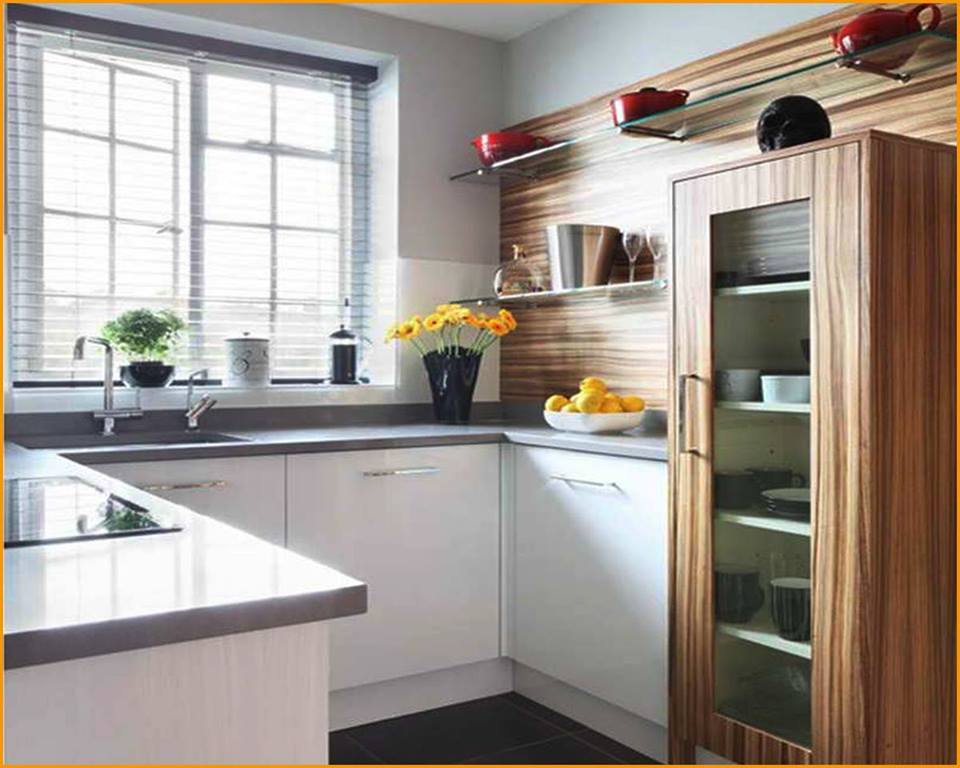 Lastly, efficient kitchen design involves choosing the right appliances for your needs.
This includes considering energy efficiency and the size and placement of appliances.
For example, if you have a small kitchen, opting for a smaller refrigerator can save you space and energy. Similarly, choosing energy-efficient appliances can not only save you money on utility bills but also reduce your environmental impact.
In conclusion,
efficient kitchen design is essential for creating a functional and beautiful space.
By optimizing the layout, maximizing storage, and choosing the right appliances, you can have a kitchen that not only looks good but also makes your life easier. So whether you're renovating your current kitchen or designing a new one, be sure to keep these tips in mind for a smart and efficient kitchen design.
Lastly, efficient kitchen design involves choosing the right appliances for your needs.
This includes considering energy efficiency and the size and placement of appliances.
For example, if you have a small kitchen, opting for a smaller refrigerator can save you space and energy. Similarly, choosing energy-efficient appliances can not only save you money on utility bills but also reduce your environmental impact.
In conclusion,
efficient kitchen design is essential for creating a functional and beautiful space.
By optimizing the layout, maximizing storage, and choosing the right appliances, you can have a kitchen that not only looks good but also makes your life easier. So whether you're renovating your current kitchen or designing a new one, be sure to keep these tips in mind for a smart and efficient kitchen design.


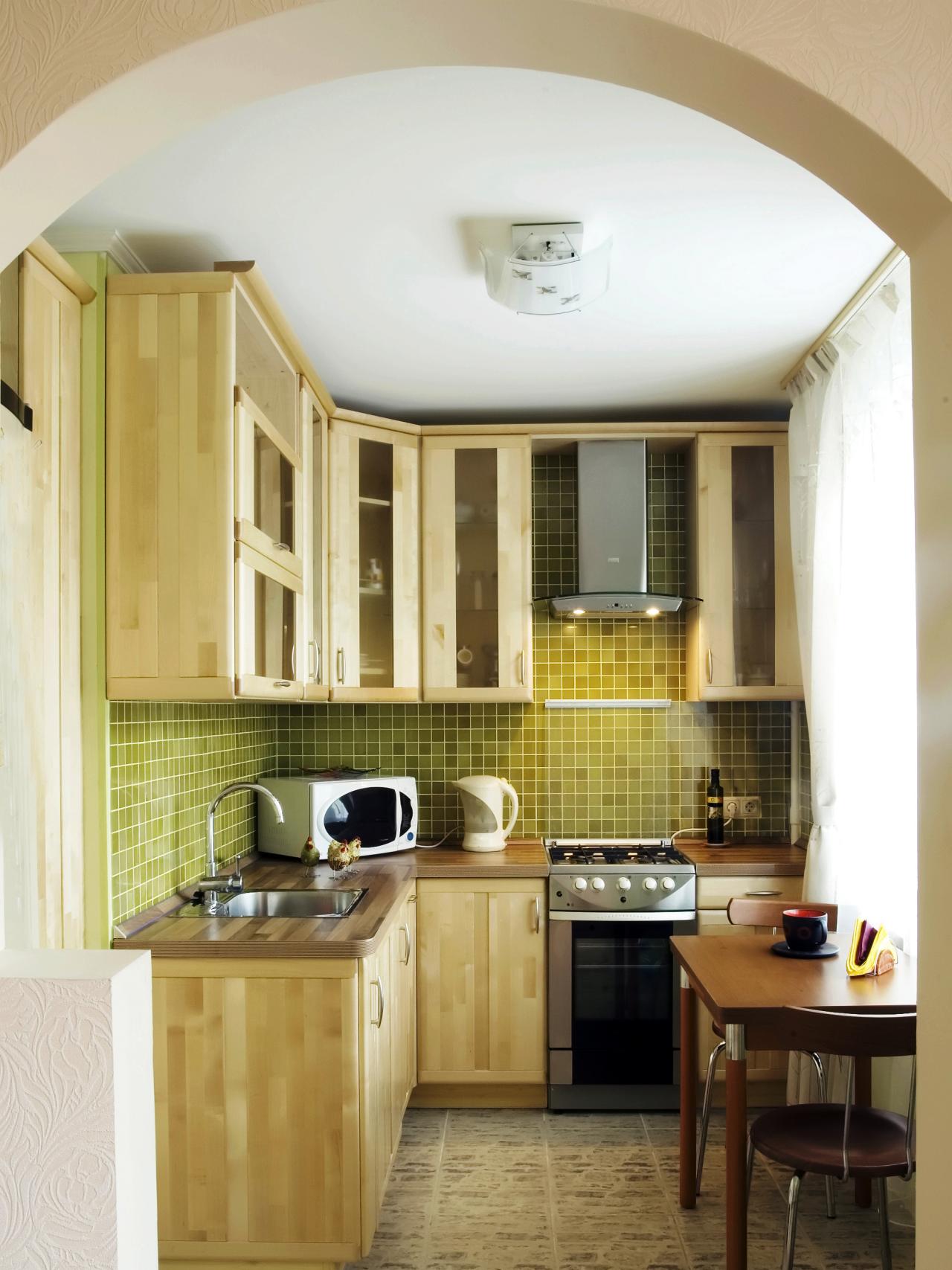
/exciting-small-kitchen-ideas-1821197-hero-d00f516e2fbb4dcabb076ee9685e877a.jpg)











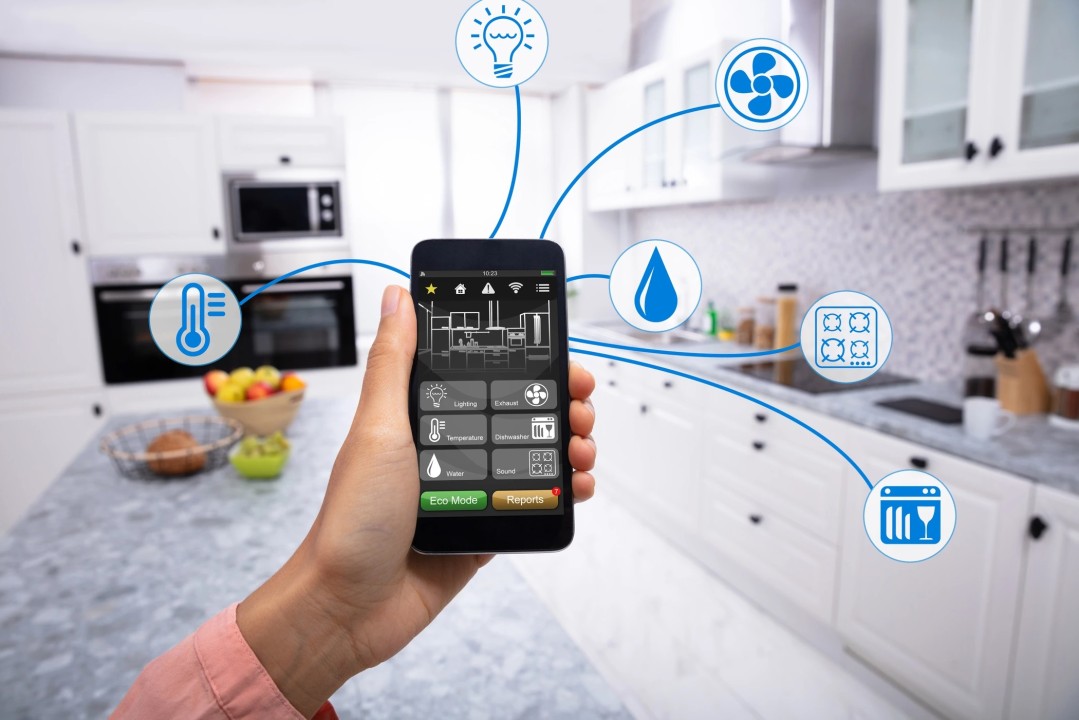













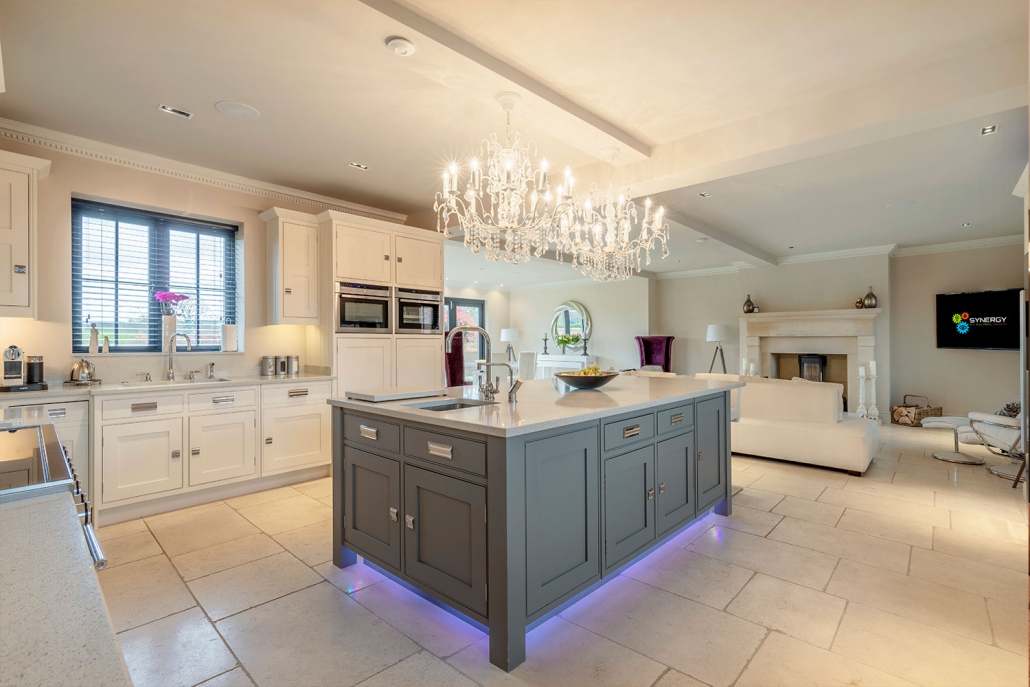

















:max_bytes(150000):strip_icc()/light-blue-modern-kitchen-CWYoBOsD4ZBBskUnZQSE-l-97a7f42f4c16473a83cd8bc8a78b673a.jpg)



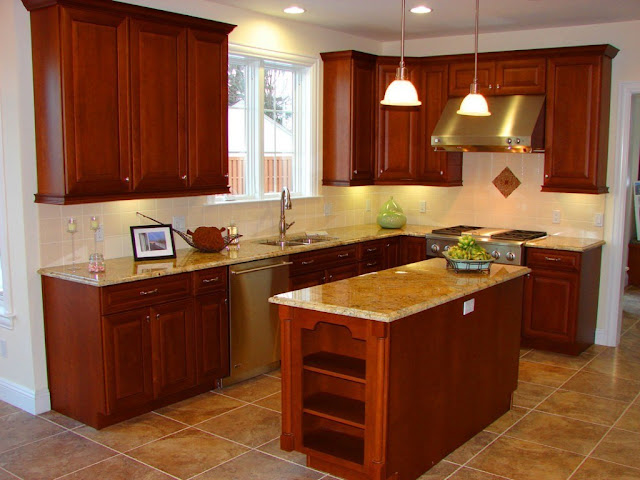





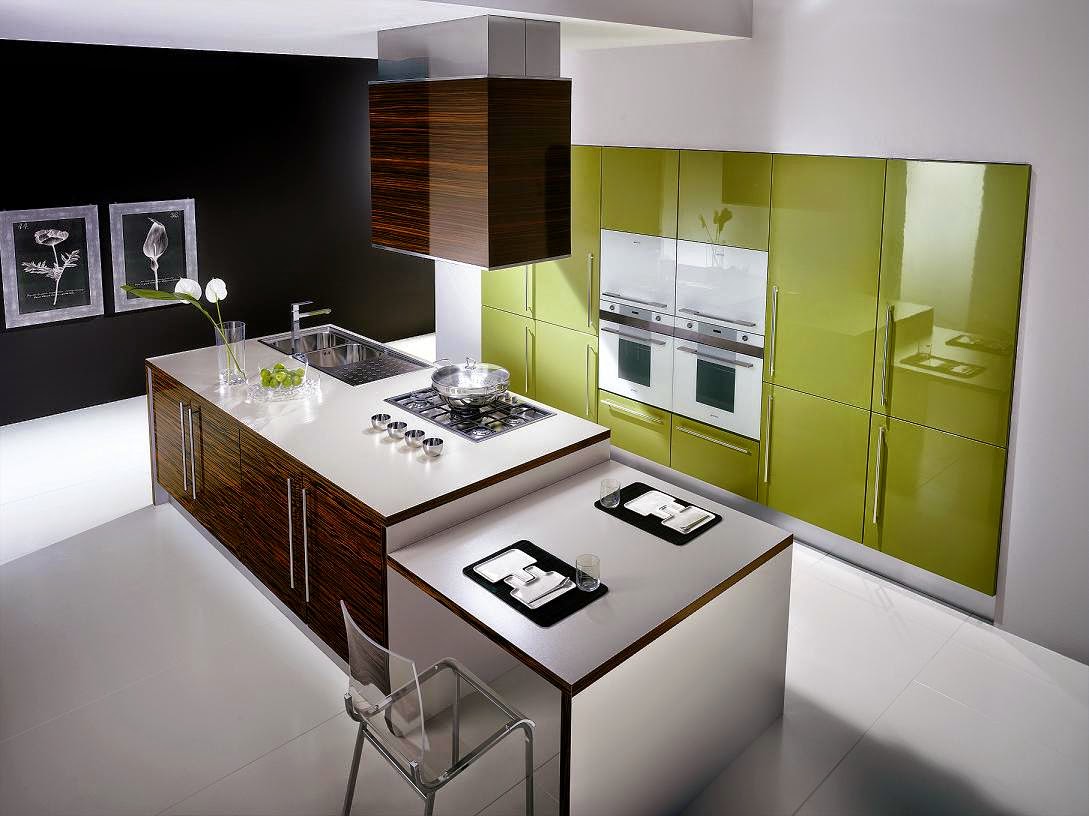





:max_bytes(150000):strip_icc()/TylerKaruKitchen-26b40bbce75e497fb249e5782079a541.jpeg)







